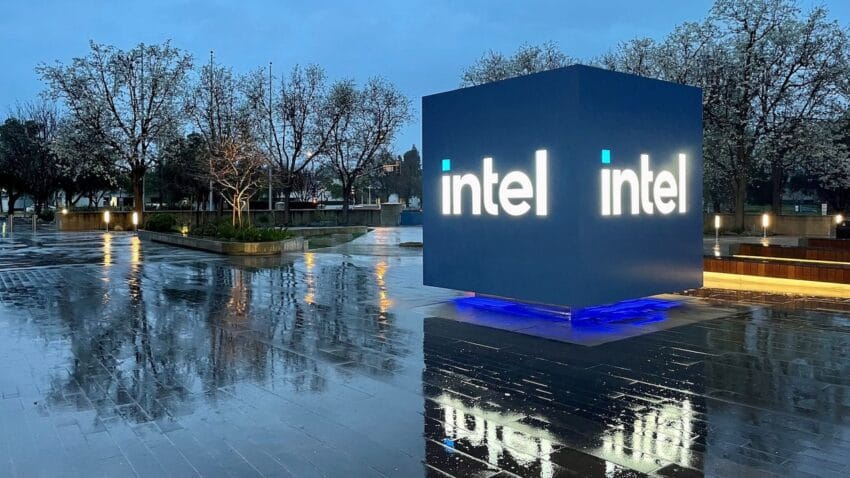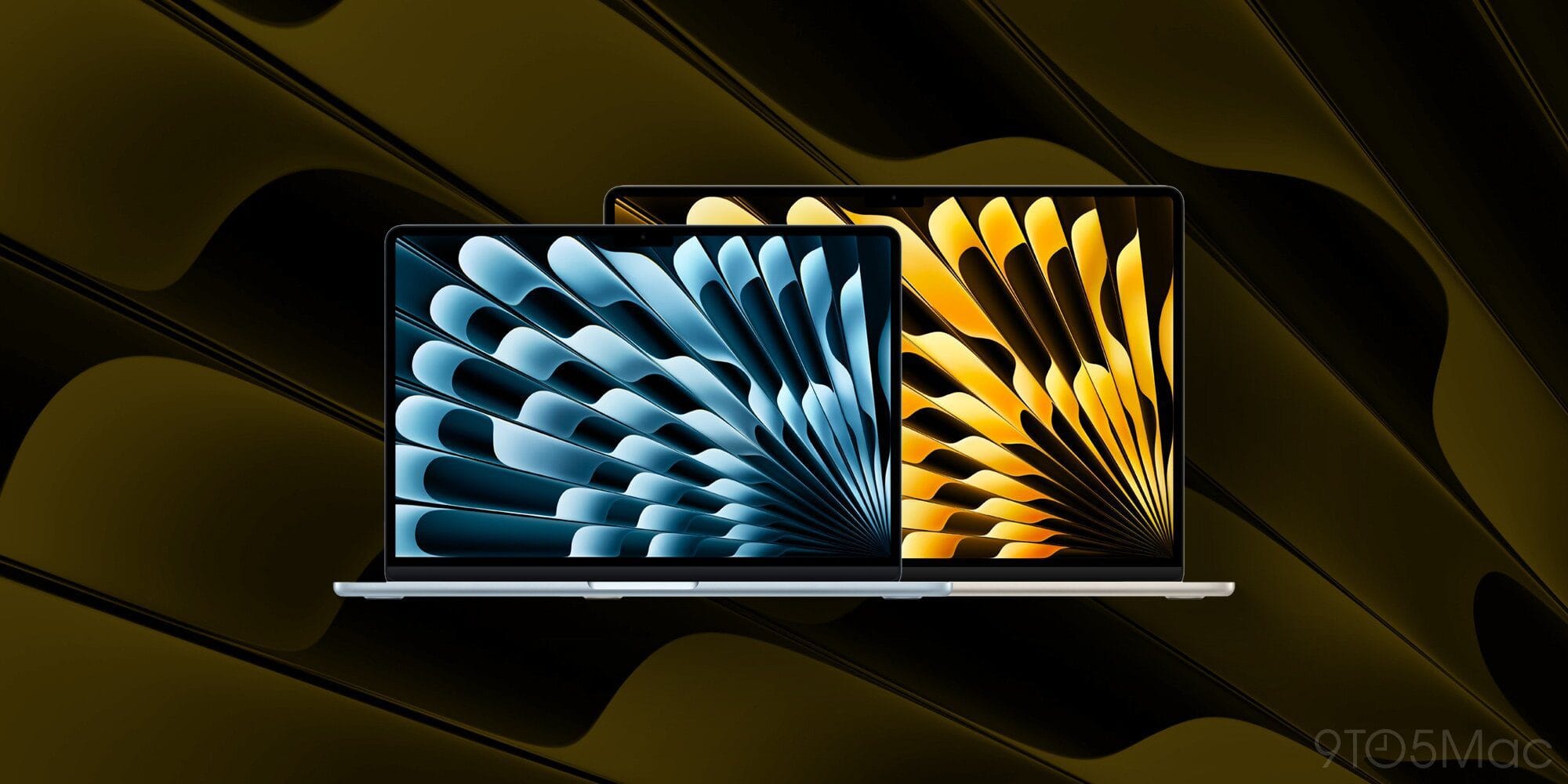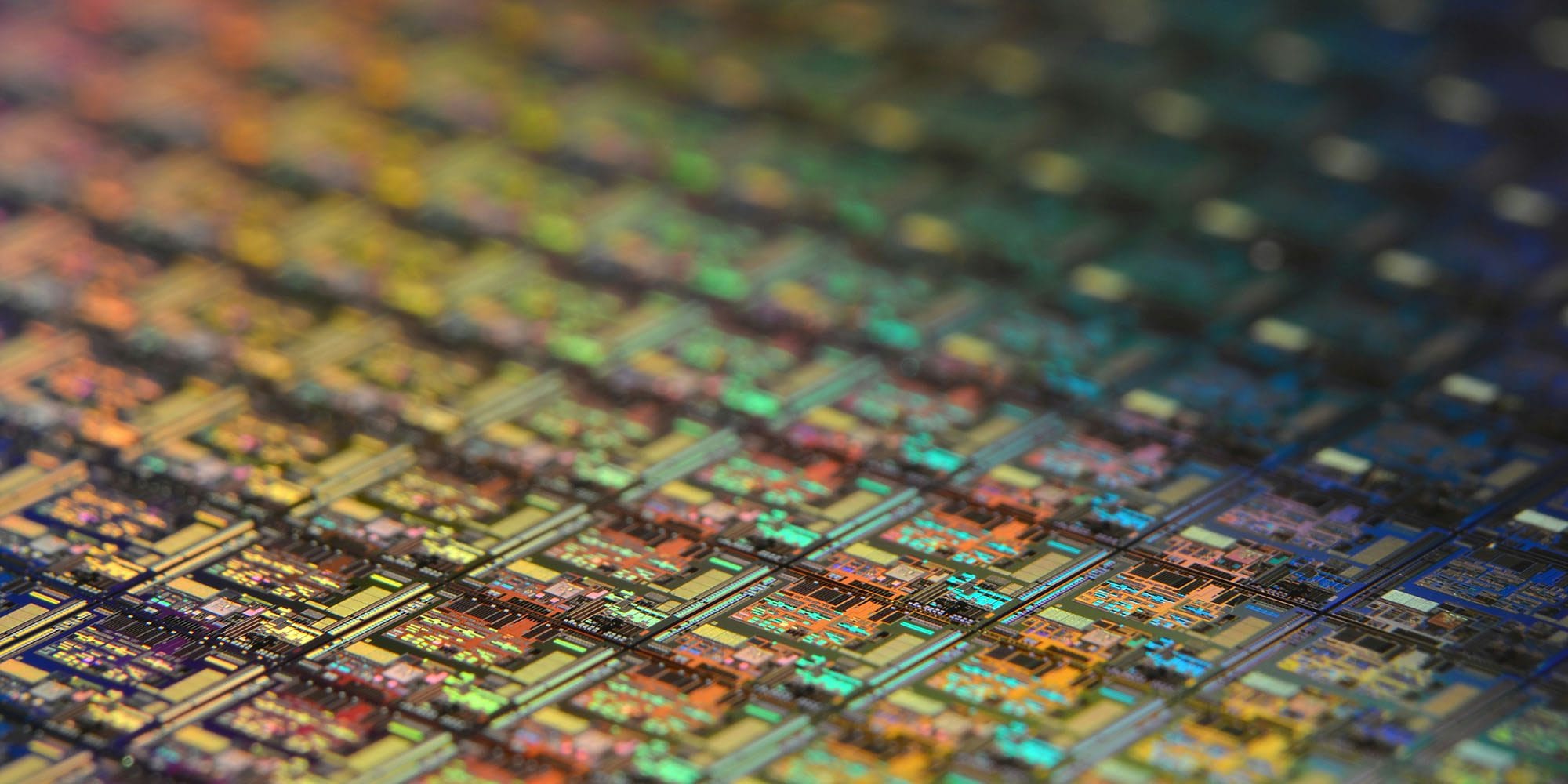
Softbank to buy 2 billion in intel — SoftBank is set to invest $2 billion in Intel, purchasing shares at $23 each, signaling confidence in the company's recovery in U.S.
Softbank To Buy 2 Billion In Intel
SoftBank is set to invest $2 billion in Intel, purchasing shares at $23 each, signaling confidence in the company’s recovery in U.S. chip manufacturing.
Investment Overview
In a significant financial maneuver, SoftBank Group Corp. has announced plans to acquire $2 billion worth of shares in Intel Corporation. The purchase price is set at $23 per share, reflecting a strategic decision that underscores SoftBank’s belief in Intel’s potential resurgence in the semiconductor industry. This investment represents a substantial commitment to a company that has faced numerous challenges in recent years.
Context of the Investment
The semiconductor industry has experienced volatility, driven by supply chain disruptions, increased demand for chips, and intense competition. Intel, once a dominant player in the market, has struggled to maintain its position amidst rising competitors such as AMD and NVIDIA. This investment from SoftBank is seen as a pivotal moment for Intel, which is actively working to enhance its manufacturing capabilities and regain market share.
SoftBank’s Strategic Positioning
SoftBank’s decision to invest in Intel aligns with its broader strategy of capitalizing on undervalued technology firms. The investment is a calculated risk, as SoftBank aims to leverage Intel’s potential rebound in the semiconductor sector. With this acquisition, SoftBank not only reinforces its portfolio but also positions itself to benefit from Intel’s future growth.
Financial Implications
By purchasing shares at $23 each, SoftBank is making a substantial investment that could yield significant returns if Intel successfully navigates its recovery. The $2 billion investment represents a notable stake in the company, reflecting SoftBank’s confidence in Intel’s strategic initiatives, including its plans to expand manufacturing capabilities and innovate in chip design.
Intel’s Recent Developments
Intel has been undergoing a transformation under the leadership of CEO Pat Gelsinger, who took the helm in early 2021. Gelsinger has outlined a comprehensive strategy aimed at revitalizing Intel’s manufacturing processes and restoring its position as a leader in the semiconductor space. This includes a focus on advanced manufacturing technologies and investments in research and development.
Challenges Facing Intel
Despite these efforts, Intel faces significant hurdles. The company has struggled with delays in product launches and manufacturing setbacks, which have allowed competitors to gain ground. The semiconductor market is increasingly competitive, with companies like AMD and NVIDIA rapidly advancing their technologies and capturing market share. Intel’s ability to adapt and innovate will be crucial in determining the success of its recovery strategy.
Impact on Arm Holdings
SoftBank’s investment in Intel comes at a time when the company still maintains a majority share in Arm Holdings, a prominent player in the semiconductor market known for its energy-efficient chip designs. Arm’s technology is widely used in mobile devices and is becoming increasingly relevant in the realm of Internet of Things (IoT) applications. The connection between SoftBank’s investments in both Intel and Arm highlights its strategic vision for the semiconductor landscape.
Synergies Between Intel and Arm
The relationship between Intel and Arm underscores the evolving dynamics of the semiconductor industry. While Intel has traditionally focused on x86 architecture for its processors, Arm’s designs are gaining traction in various sectors, including mobile and embedded systems. This investment may signal potential collaboration opportunities between the two companies, leveraging their respective strengths to innovate in chip design and manufacturing.
Market Reactions
The announcement of SoftBank’s investment has elicited varied reactions from market analysts and investors. Some view it as a positive sign for Intel, indicating renewed confidence in the company’s ability to rebound. Others remain cautious, highlighting the challenges that lie ahead for Intel in a rapidly changing semiconductor landscape.
Analysts’ Perspectives
Analysts have emphasized the importance of this investment in the context of SoftBank’s broader strategy. By backing Intel, SoftBank is not only supporting a key player in the semiconductor industry but also positioning itself to benefit from potential growth in the sector. However, opinions on Intel’s future performance remain divided, with some experts advocating for a wait-and-see approach.
Future Outlook
Looking ahead, the implications of SoftBank’s investment in Intel could be far-reaching. If Intel successfully executes its recovery strategy and regains its competitive edge, SoftBank stands to benefit significantly from its stake. Conversely, if Intel continues to face challenges, the investment could pose risks for SoftBank’s portfolio.
Potential Collaborations and Innovations
As SoftBank navigates its investment strategies, the potential for collaboration between Intel and Arm could lead to innovative solutions in the semiconductor space. With both companies focusing on enhancing their technologies, there may be opportunities to create synergies that drive growth and address emerging market demands.
Conclusion
SoftBank’s $2 billion investment in Intel at $23 per share marks a pivotal moment for both companies. It reflects a strategic bet on Intel’s potential resurgence in the semiconductor industry while underscoring SoftBank’s commitment to identifying undervalued technology firms. As the semiconductor landscape continues to evolve, the implications of this investment will unfold, shaping the future of both Intel and the broader industry.
Source: Original reporting
Further reading: related insights.
Was this helpful?
Last Modified: August 19, 2025 at 5:50 am
3 views















